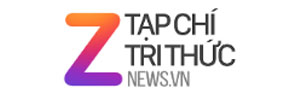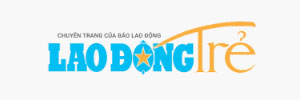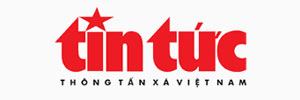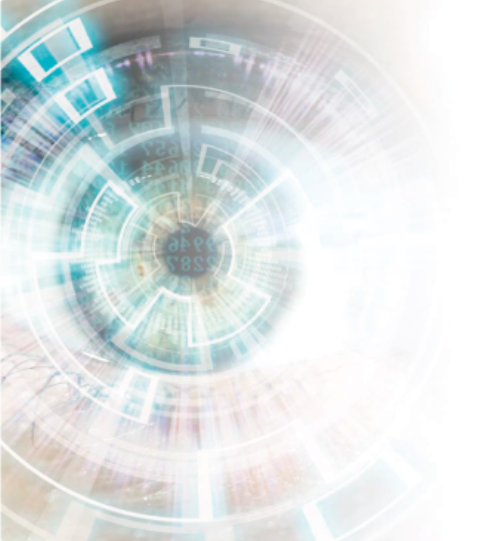
CLEAR, ADVANCED FLAPLESS LASER TECHNOLOGY, NOW AVAILABLE AT FV TO TREAT REFRACTIVE DISORDERS (MYOPIA, ASTIGMATISM)
WHAT IS CLEAR TECHNOLOGY?
CLEAR stands for Corneal Lenticule Extraction Advanced Refractive correction. This method uses femtosecond laser delivered by a Femto LDV Z8 machine. Currently, CLEAR refractive error surgery technology is a leading new technique, performed with only a femtosecond laser, which doesn't require a flap to be cut into the cornea as is the case in many conventional techniques, greatly limiting impact on the corneal surface.
Because CLEAR does not create a corneal flap, it preserves the absolute biomechanical stability of the cornea. The small incision also minimises corneal damage, post-operative dry eye and other complications caused by flap surgery with a high degree of accuracy and safety.
WHO CAN BENEFIT FROM
CLEAR TECHNOLOGY?
- People from 18 to 60 years old (the best age to undergo surgery for myopia is before 40 years)
- Maximum near-sightedness 10 dioptre, maximum disturbance 5 dioptre. Refraction has been stable for at least six months (does not increase by more than 0.5 dioptre)
- Normal corneal structure (no scarring, not cone-shaped), cornea is not too thin
- No acute or chronic eye disease such as inflammation, eye injury, retinopathy, cataract
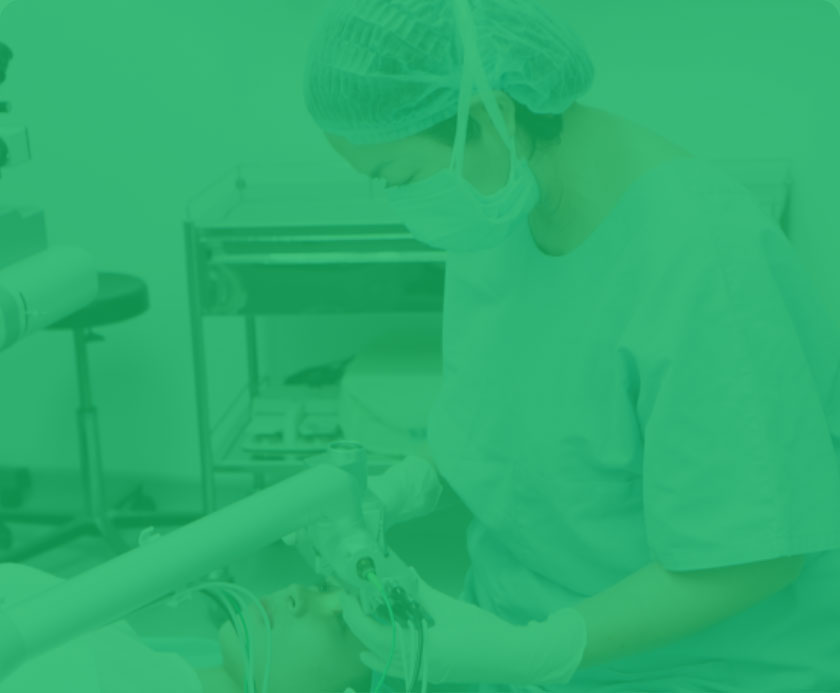
FV'S HEAD OF OPTHAMOLOGY & REFRACTIVE SURGERY DIRECTLY SCREENS, EXAMS AND PERFORMS THE CLEAR TECHNIQUE FOR ALL PATIENTS
At FV, CLEAR technique will be directly performed by Dr Nguyen Thi Mai, Head of Ophthalmology and Refractive Surgery at FV Hospital and a leading expert specialising in refractive error treatment in Vietnam. Dr Mai has more than 23 years of experience in this field and has successfully performed more than 30,000 refractive surgeries.
Dr Nguyen Thi Mai affirms that the treatment of refractive errors of the eye by CLEAR technology with the Femto LDV Z8 machine system manufactured by Ziemer in Switzerland is safe, fast and meets international standards. FV Hospital is a multi-specialty hospital which is JCI international quality certified, and fully committed to maintaining strict standards for patient safety. The surgical suite is an almost completely sterile environment, and FV Hospital has an infection rate of below 0.2 per cent across all departments, on par with top healthcare centres in many European countries. This ensures any risk of complications is minimal and patients can feel completely secure undergoing surgery at FV Hospital.
Dr Nguyen Thi Mai graduated in 1992 and continued to complete Specialisation Degree Level I (1999) and Level II (2013) in Ophthalmology at the University of Medicine and Pharmacy in Ho Chi Minh City. Dr Mai has also participated in many advanced training courses locally and abroad, including those covering microsurgery, advanced Lasik surgery, plastic surgery and cataract surgery. During her 10-year tenure at Cao Thang Eye Hospital Dr Nguyen Thi Mai held many senior roles, including the position of Medical Director and Head of the Lasik Department from 2008-2015, and is a leading specialist in the treatment of refractive errors with LASIK surgery and Ortho-K (which incorporates contact lenses) in Vietnam.
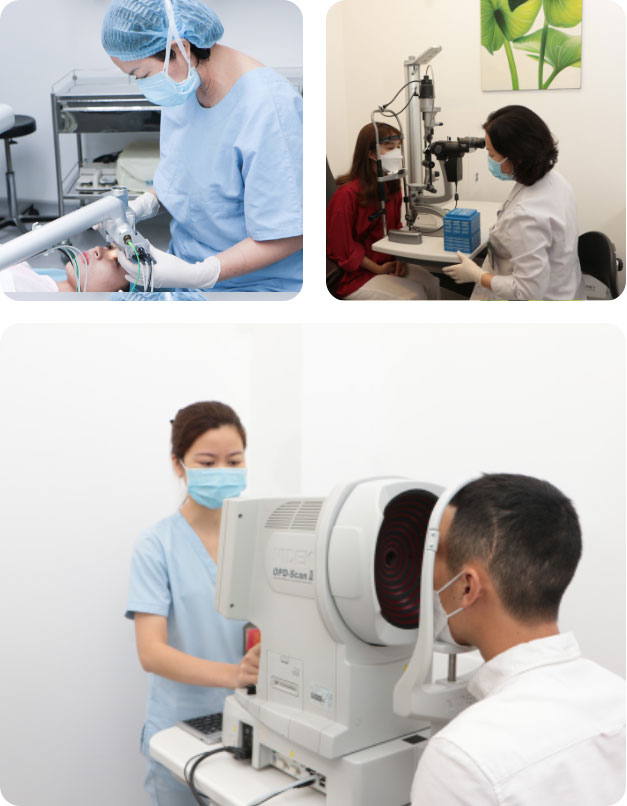
WHY SHOULD YOU TREAT REFRACTIVE ERRORS WITH CLEAR, AN ADVANCED FLAPLESS LASER TECHNIQUE, AT FVH?
With CLEAR surgery, the corneal opening is only 2 millimetres (one-tenth the size of the incision necessary for previous methods). A smaller incision helps to minimise post-operative dry eye, and eliminate other complications caused by flap surgery.
CLEAR surgery does not create a corneal flap, so it preserves the absolute biomechanical stability of the patient's cornea. It is accurate and highly safe.
CLEAR surgery with Z8 LDV machine utilises low-energy femtosecond laser pulse technology and overlapping point firing technology for a smooth treatment surface, reducing the time required for surgery and recovery.
CLEAR is performed using Ziemer's Z8 Femtosecond laser which provides more options for centering and rotation during surgery, optimising treatment efficiency.
The process involves corneal mapping, corneal pathology assessment and corneal biomechanical strength via modern preoperative testing systems Nidek OPD-Scan II, Oculus Pentacam AXL, and Oculus Corvis ST—state-of-the-art examination and diagnostic devices only available at a few major eye hospitals in Vietnam. These technologies help doctors to accurately determine corneal structure and pathology so that they can offer optimal treatment options for every patient.
Please call FV Hospital's Department of Ophthalmology and Refractive Surgery at (028) 54 11 33 33, extension 2000, to book an appointment and learn about current special offers.


